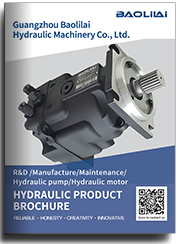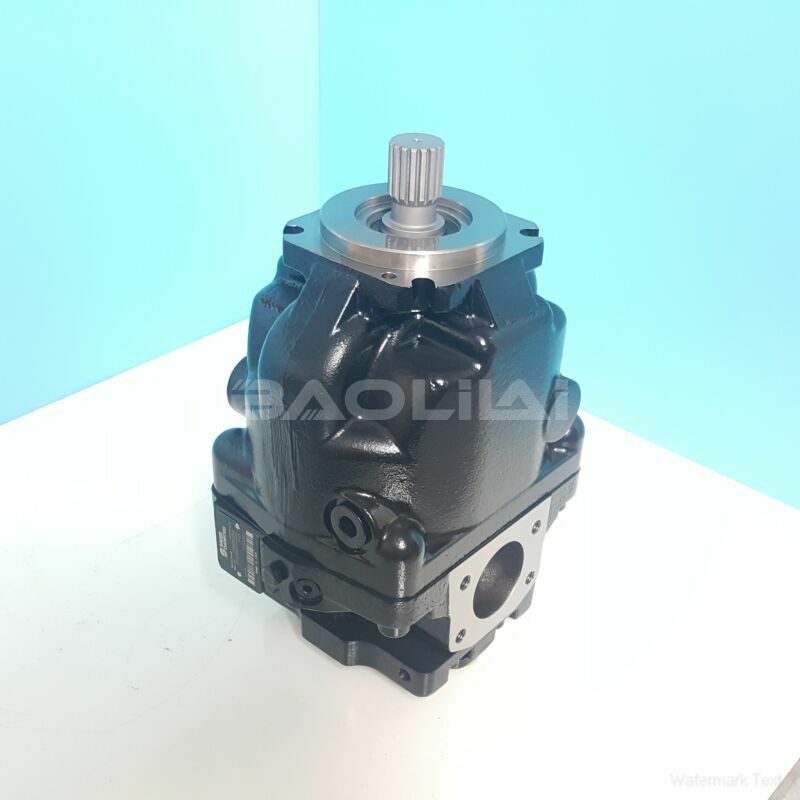ERR130BRP2120NNN3K5NLA1NAAANNNNNN sauer danfoss pump
ERR130BRP2120NNN3K5NLA1NAAANNNNNN sauer danfoss pump

- Product Details
- Applicable Scene
In recent years, the push for renewable energy sources has become a central theme in global efforts to combat climate change. As we seek to harness energy from natural resources, effective fluid control systems are crucial to ensuring the seamless operation of various renewable technologies. Hydraulic pumps have emerged as vital components in enhancing efficiency, reliability, and scalability of renewable energy systems. This article delves into the benefits of hydraulic pumps for fluid control in the renewable energy sector.
ER-R-130B-RP-21-20-NN-N-3-K5NL-A1N-AAA-NNN-NNN
ERR130BRP2120NNN3K5NLA1NAAANNNNNN
One of the foremost advantages of hydraulic pumps is their ability to provide precise control over fluid flow. In renewable energy applications such as wind turbines, solar thermal systems, and hydroelectric power plants, maintaining optimal fluid dynamics is essential. Hydraulic pumps can adjust the flow rate and pressure with great accuracy, ensuring that systems operate within designated parameters. This level of precision is critical for maximizing energy output and overall system performance.

83016475
Another significant benefit is the robust nature of hydraulic systems. Unlike mechanical systems that often require extensive maintenance due to wear and tear, hydraulic pumps are designed to handle high pressures and loads with resilience. They are particularly well-suited for environments where various renewable energy technologies operate under extreme conditions, such as fluctuating temperatures and high moisture levels. The durability of hydraulic systems makes them an ideal choice for long-term investment in renewable energy infrastructure.
The scalability of hydraulic pumps is also noteworthy. As the demand for renewable energy continues to grow, the capacity to easily scale operations becomes increasingly important. Hydraulic systems can be seamlessly integrated into larger applications or scaled down for smaller, decentralized solutions. This flexibility allows for a wide range of renewable energy projects, from small-scale solar installations to large hydroelectric power plants, benefiting from the same hydraulic technology.





